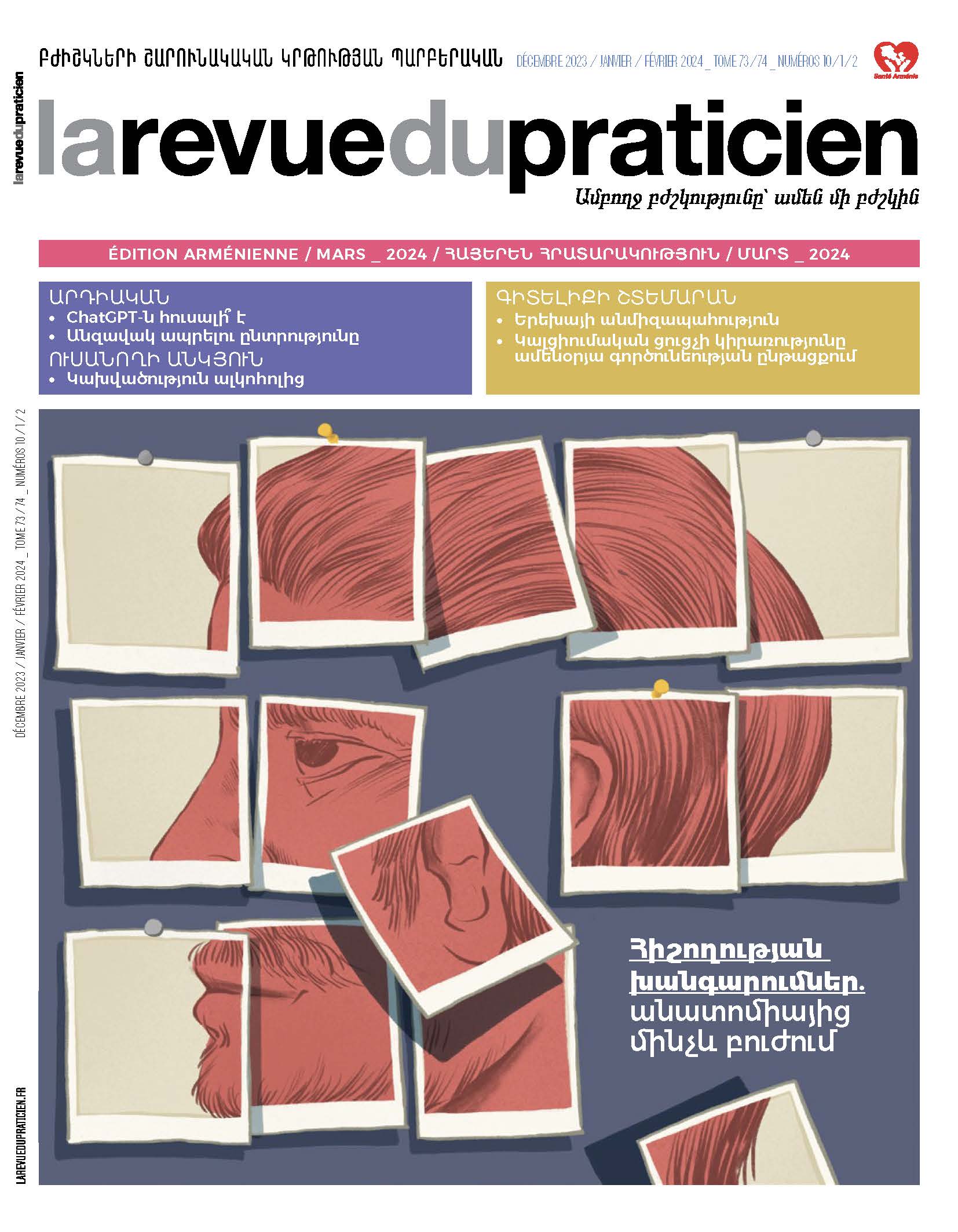Abstract
Tobacco consumption in the form of cigarettes is still perceived as being so ordinary that its result, the production of cigarette ends and their disposal, has long been invisible and overlooked. A cigarette end is composed of two parts: a remnant of unsmoked tobacco and a single-use plastic filter made of cellulose acetate. These two components are saturated with the many toxic products generated by cigarette combustion. The relatively recent growing awareness of the major contribution of cigarette filters to plastic pollution of soil, waterways, seas, and oceans has led to active national and international debate on the possibility and desirability of banning the use of these filters for environmental purposes. If such a ban were to be considered, it would be essential to anticipate the possible health consequences for cigarette smokers of such a measure. According to the World Health Organization (WHO), cigarette filters have no beneficial effect on smokers'health, and banning them is therefore becoming an ecologicalemergency.
